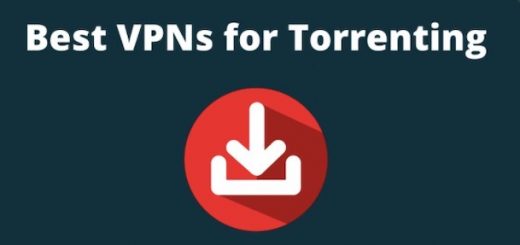Data transfer management is essential in ensuring data quality in an organization. As digital practices evolve, data movement across different departments becomes critical to the organization’s overall performance. With data becoming one of the most valuable organization assets, data movements should be as secure as possible.
If you’re looking to manage data movement within your organization, the following are tips to help you do so effectively.

1. Use Specialized File Transfer Tools
If your organization deals with sophisticated data and large files that take a longer time to transfer, use specialized secure file transfer software. You can use these tools to move complex and large data without delay as they shorten the time to transfer data. They speed up the data movement process and ensure seamless information dissemination.
2. Use External Storage Devices
You can move data from one device to another using external devices. These devices serve as both alternative storage media and backup devices. Though many manual activities are used, external devices can help hold data away from operational and computing systems.
For example, if your system gets corrupt, making data inaccessible, you can turn to your external devices for the data you need. The portability of these devices is also a remarkable feature that allows easy transfer of data and files.
3. Deploy Cloud Computing
Cloud computing allows organizations to streamline their data movement through automation. You can transfer large files or data from one destination to another through file transfer protocols.
Various cloud computing software offers advanced, secure, and centralized ways of automating data transfer. The system ensures only authorized personnel can upload and download data and provide the security of the data movement. In other words, as you move data, you can encrypt and manage them such that no threat or attack infringes on sensitive information.
4. Provide Adequate Data Security
Data in the right hands can achieve many positive outcomes for the organization. On the flip side, when data falls into the wrong hands, it can be disastrous. A critical aspect of managing data movement is ensuring data security before, during, and after transfer.
One of the ways you can save data is by having end-to-end encryptions which protect the data from external hackers and intruders. Run regular audits consistently to access files whose access authorization needs to change. And in the case where primary data is breached, having a backup system will prove helpful in ensuring organizational operations are not delayed due to lack of data.
5. Consult A Data Expert
A data expert knows everything you need to move your data. The person has the experience, expertise, and network to handle your data movement effectively.
Using the most sophisticated data transfer tools, a data expert ensures not only the movement and delivery of your data but also its successful integration. Therefore, you won’t need to worry about threats as safety and security are guaranteed.
Besides, a data expert provides support during data breaches or threats. There’s always a Plan-B if anything goes wrong. Such a professional will do everything necessary to ensure the effective management of your data movements.
6. Focus On Data Quality
Having enough data at hand is a good thing for your organization. However, you must limit your data to only your organization’s information to meet its goals. This is a significant way to ensure data quality.
Excessive and irrelevant data diminishes data quality. Having to sort out relevant data from a pool of existing data consumes time and delays necessary operations. So, always check incoming data to align with your organization’s goal. Existing data should also be regularly assessed for accuracy and outdated data purged from the system.
7. Educate Your Team
While systems and structures are established to manage data movement, it’s necessary to equip your team with relevant and updated information about data movement management.
Seminars and workshops can serve this purpose. You can set them up and have in-house or external facilitators educate the team on the various data transfer management tools and processes. By doing so, they can be empowered to take both preventive and remedial actions when need be.
Additionally, educating your team also emphasizes the need for in-house data management and governance measures for security and efficiency.
8. Conclusion
For an organization to perform effectively, the right data must be available and accessible to all departments in real-time. Highly effective tools should be deployed in managing data. Emphasis should also be placed on data security and its relevance to organizational goals.




